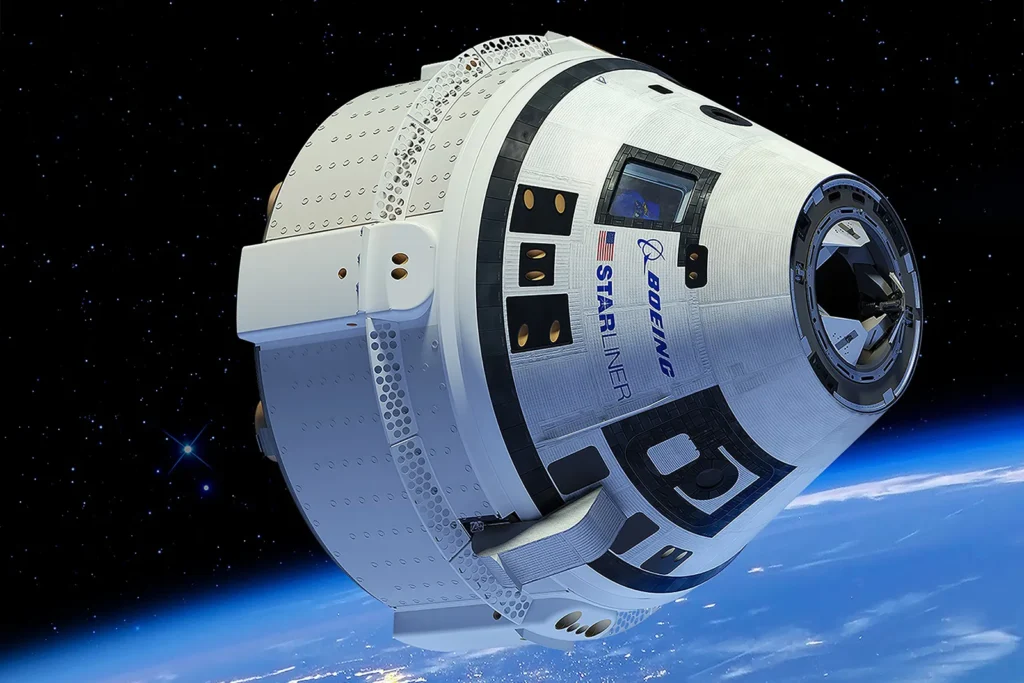
Boeing’s CST-100 Starliner spacecraft, intended to serve as an alternative to SpaceX’s Crew Dragon for NASA’s astronaut transport missions, is facing another round of delays and technical challenges. NASA announced that the next mission involving the Starliner will proceed without a crew, raising concerns about the program’s future.
The Challenges: Technical Issues and Mounting Costs
Boeing has struggled with stabilizing the development of the Starliner spacecraft, experiencing multiple delays and test failures. The latest setback followed a flawed crewed flight test earlier this year, compelling NASA and Boeing to shift to an uncrewed mission to evaluate the spacecraft’s systems thoroughly.
In addition to technical challenges, Boeing revealed it would incur significant financial losses. Around $400 million will be charged to the Starliner program as part of broader losses, pushing total cost overruns to approximately $1.6 billion since the project began. The aerospace giant also faces budget overruns on other defense contracts, impacting the company’s financial performance.
NASA’s Decision to Prioritize Safety
NASA’s shift to an uncrewed mission reflects the agency’s priority on astronaut safety. This next mission will focus on testing the spacecraft’s systems and operational capabilities to identify any remaining issues. NASA initially hoped to certify Starliner for regular missions to the International Space Station, but delays and safety concerns have hindered progress.
The Starliner was developed under NASA’s Commercial Crew Program, which aims to secure reliable and cost-effective transportation to the ISS. Despite setbacks, NASA remains optimistic about Boeing’s ability to resolve technical problems. Kelly Ortberg, Boeing’s CEO, has reassured NASA of the company’s commitment to completing the program.
Financial Fallout and Workforce Impact
The issues with Starliner are part of broader financial challenges at Boeing. The company announced a workforce reduction of about 10%, driven by financial losses from several projects and disruptions caused by ongoing strikes in the commercial aviation division. Boeing’s struggles with fixed-price contracts, including Starliner and the T-7A aircraft program, have further exacerbated the situation.
While Boeing continues to face financial strain, NASA Administrator Bill Nelson expressed hope that the company will successfully complete the program. However, uncertainties remain about whether Boeing will absorb the additional costs of further test flights, if required, to achieve final certification for the Starliner spacecraft.
Implications for NASA and the Commercial Crew Program
Starliner’s future is critical to NASA’s broader mission to maintain multiple spacecraft options for astronaut transport. So far, SpaceX’s Crew Dragon has been the only active vehicle for crewed missions to the ISS, creating a need for Starliner to provide backup capabilities.
If the Starliner can pass its uncrewed test flight and meet NASA’s safety benchmarks, it will help restore balance to the Commercial Crew Program, ensuring redundancy in space transport. However, further delays or test failures could jeopardize Boeing’s role in NASA’s future crewed missions and space exploration goals.
For additional updates on this story, visit Newsify.


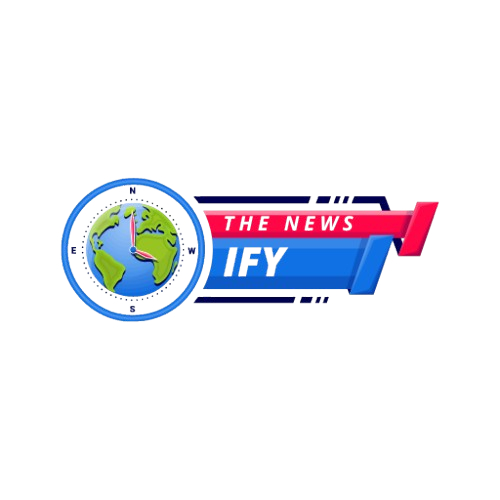

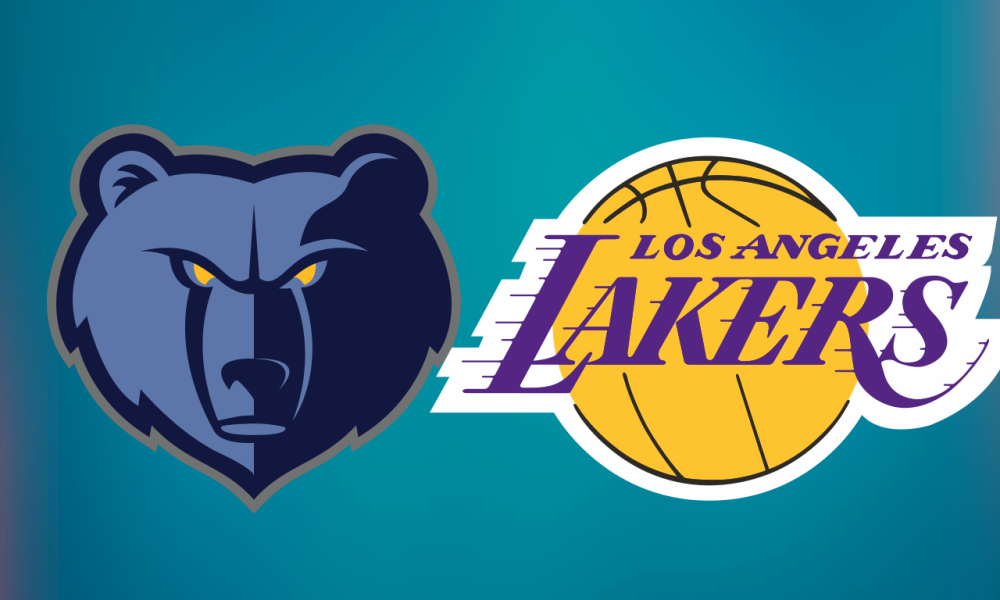
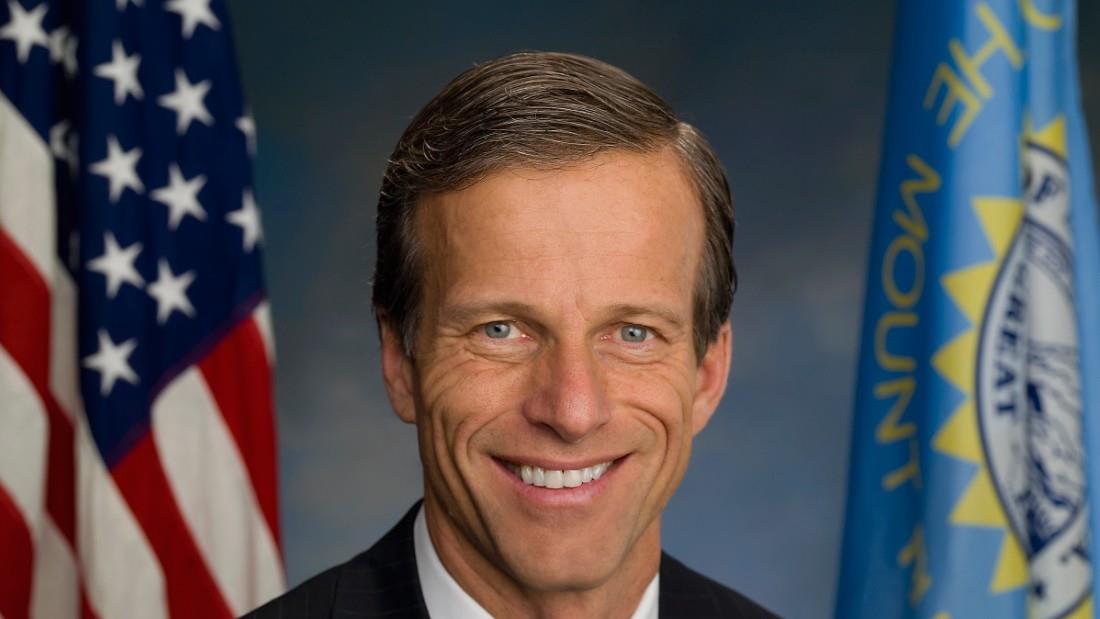
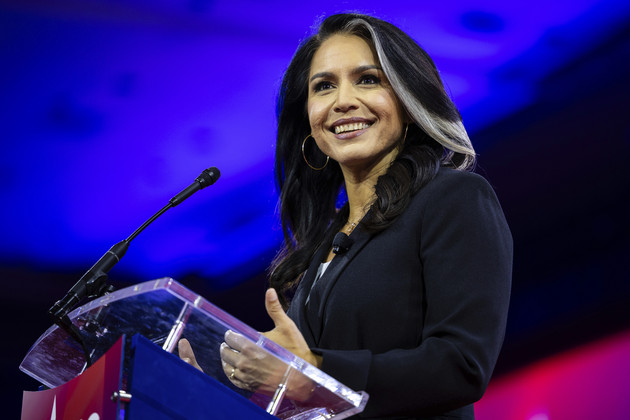
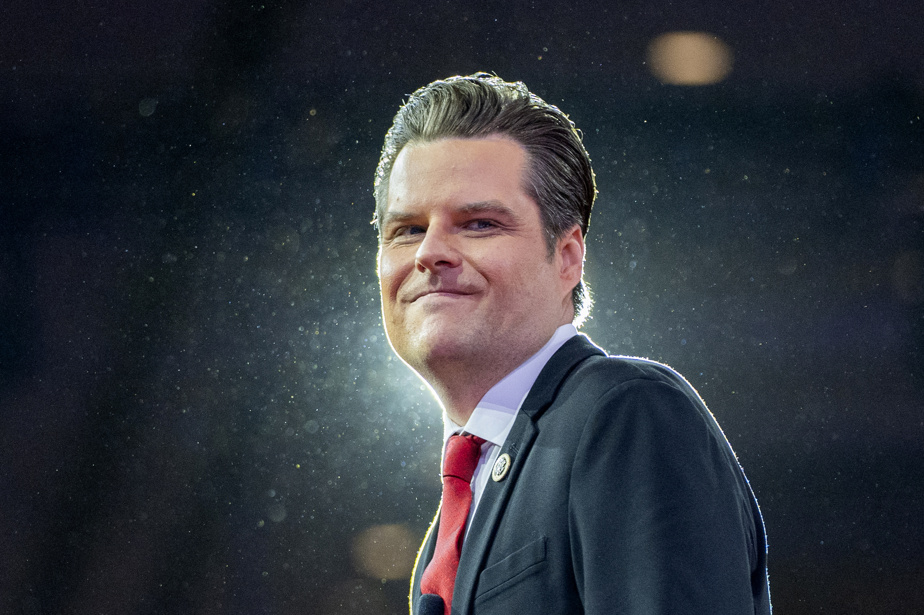
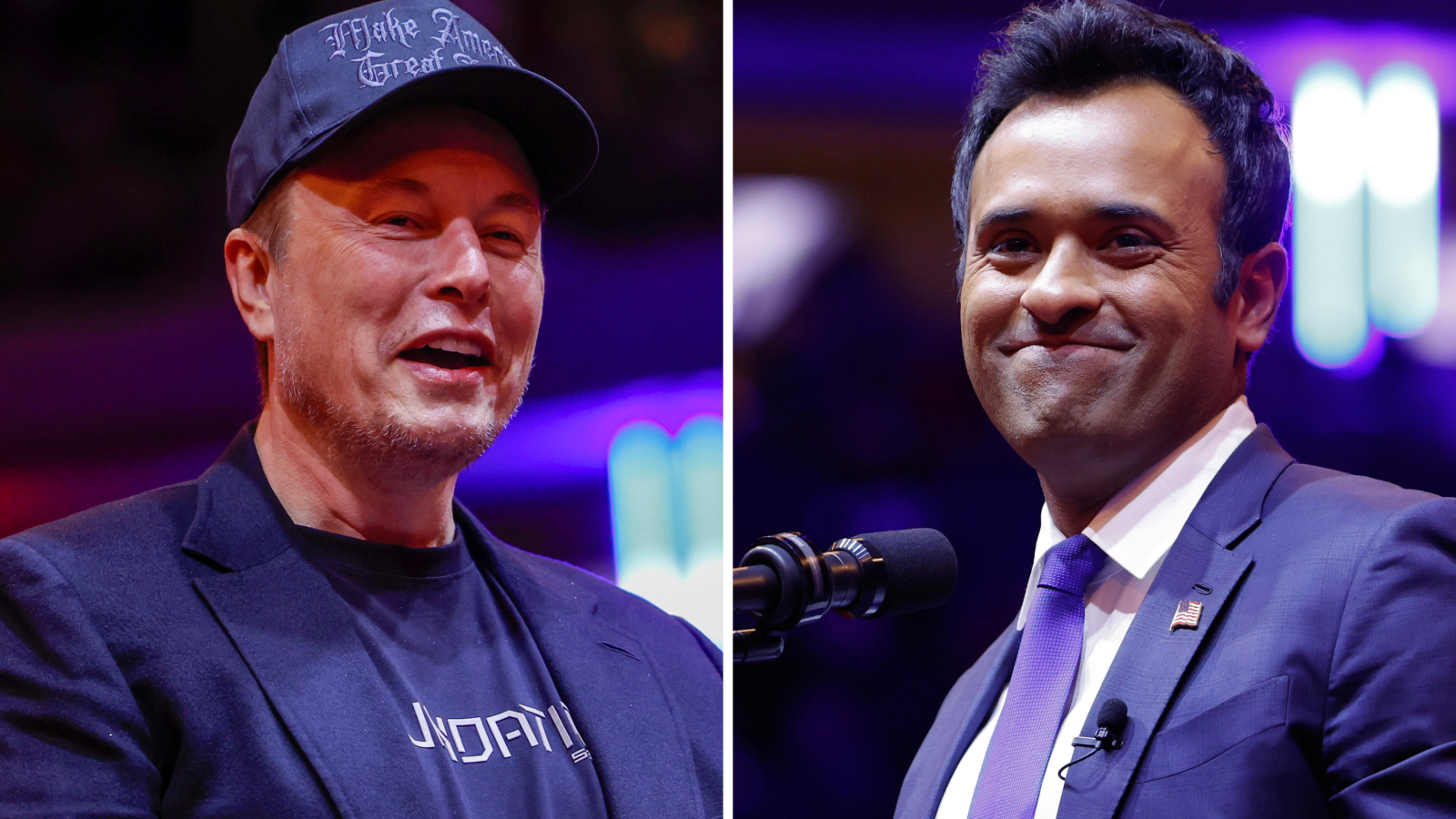
Leave a Reply